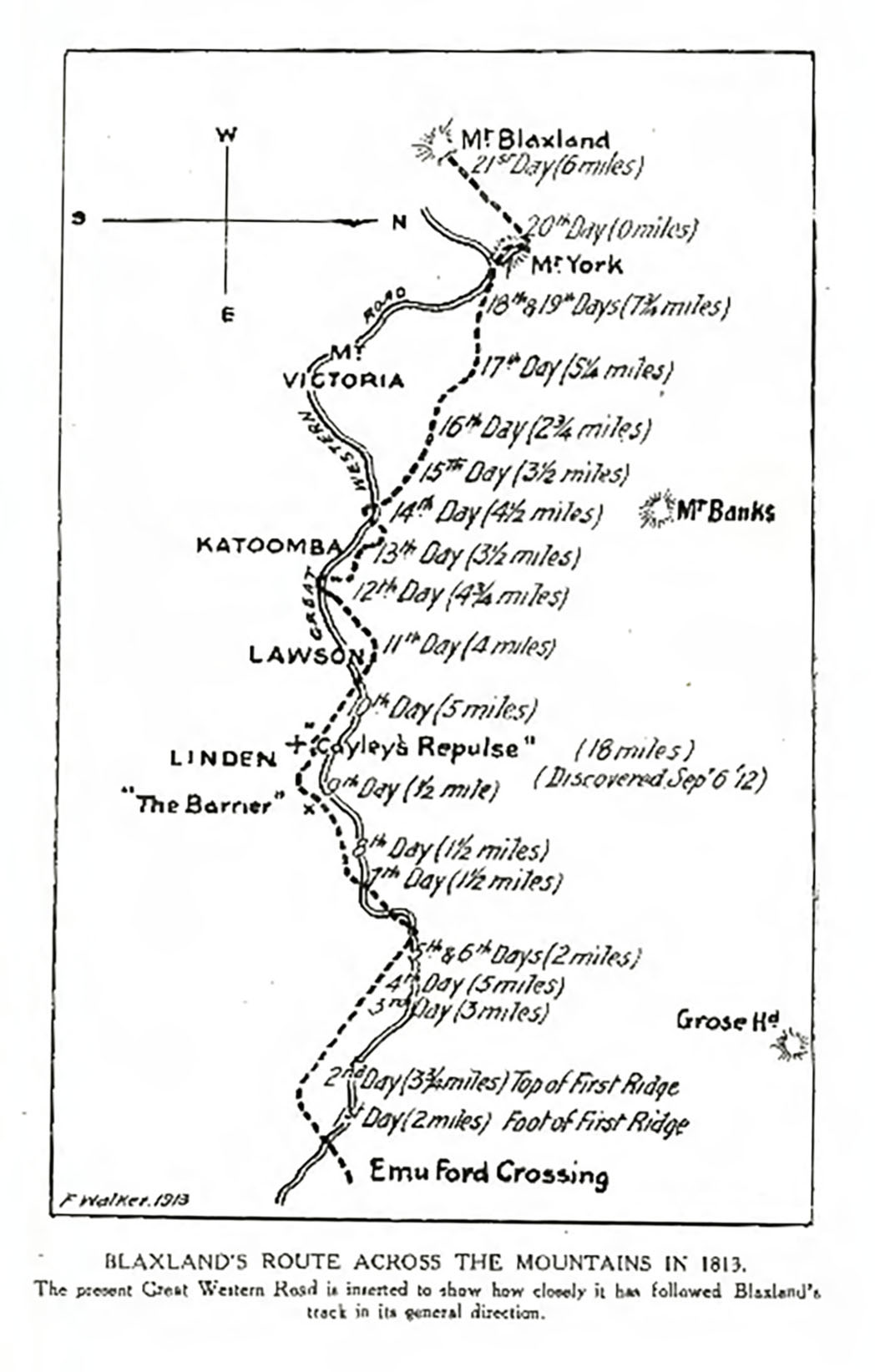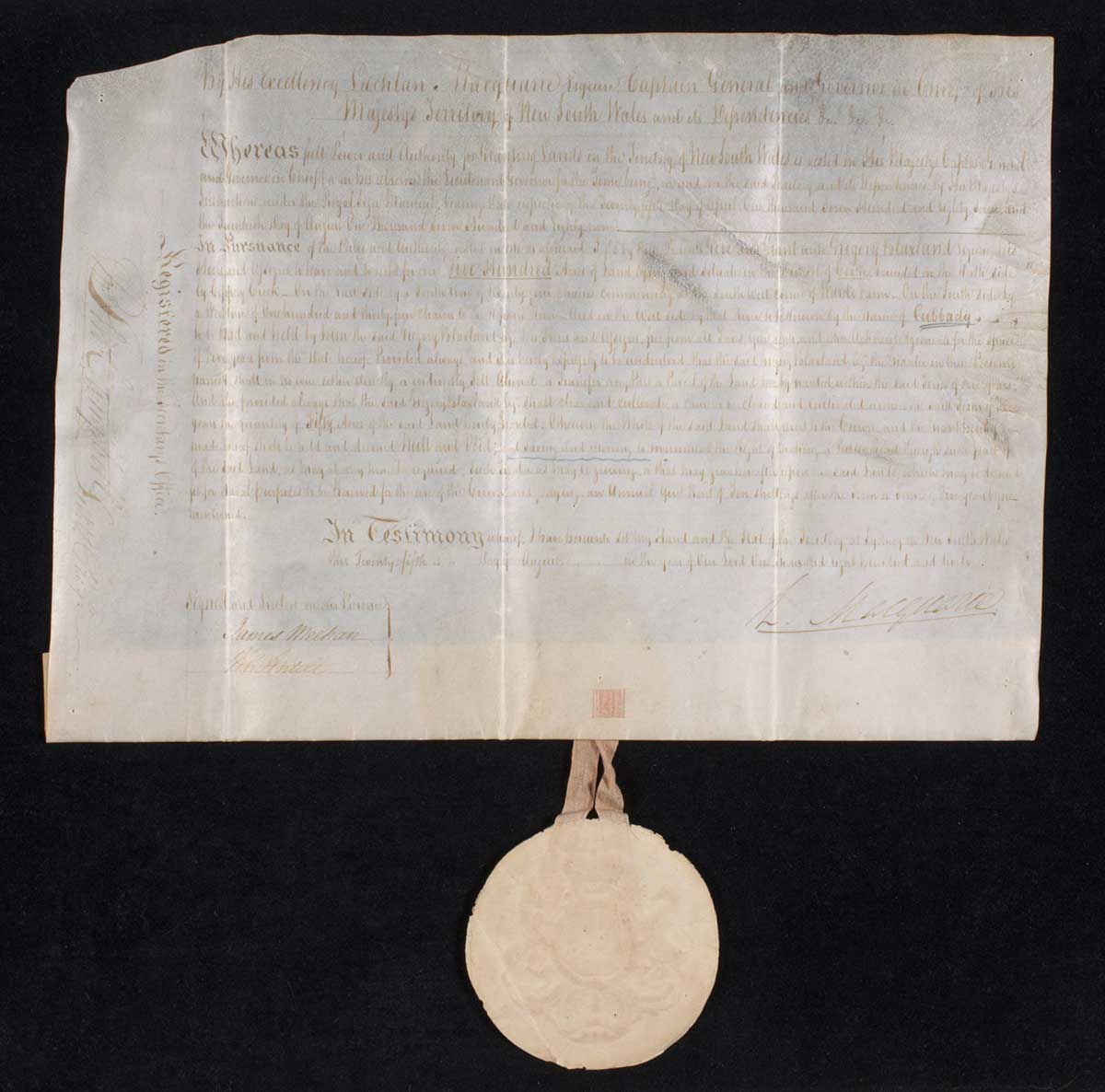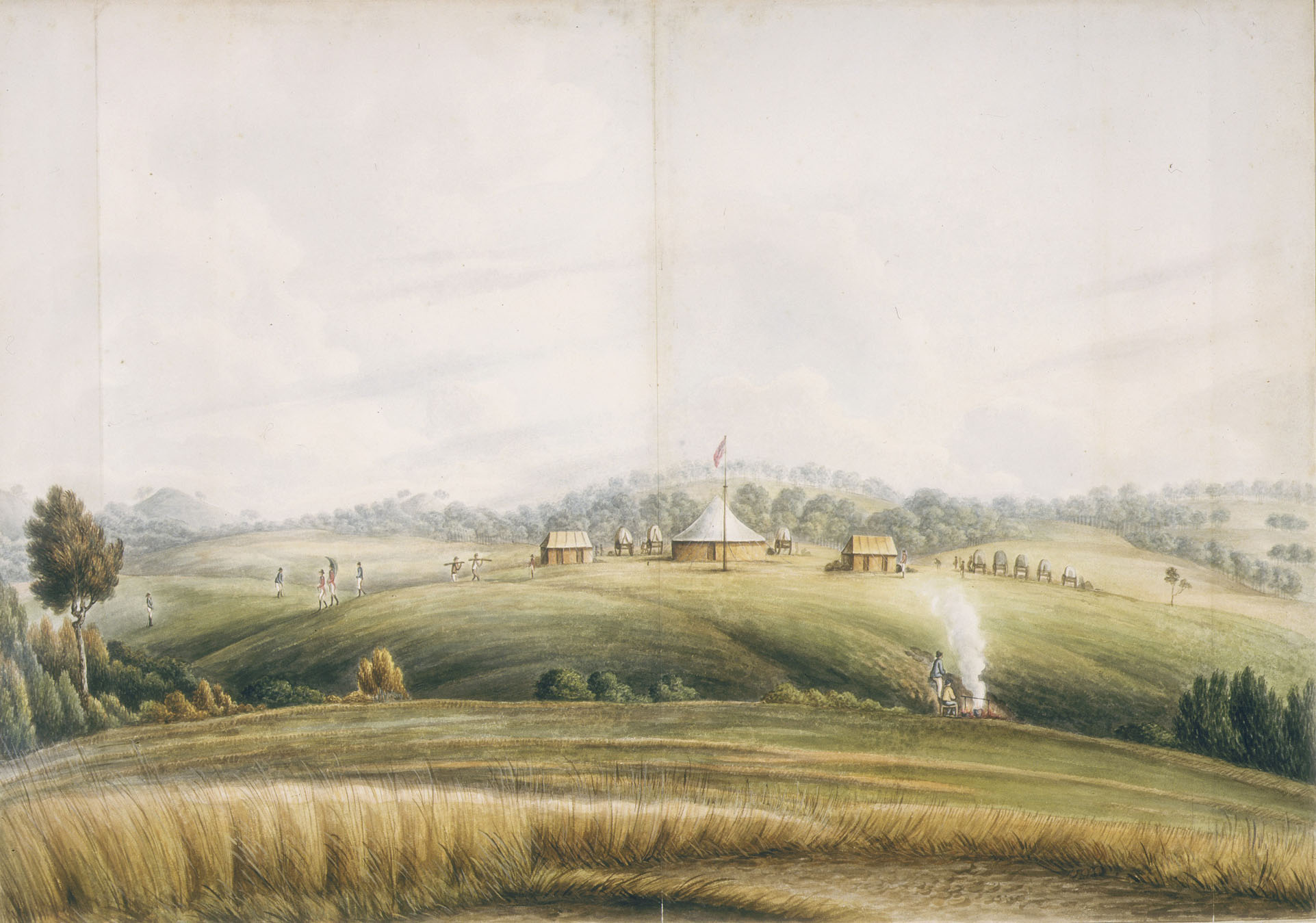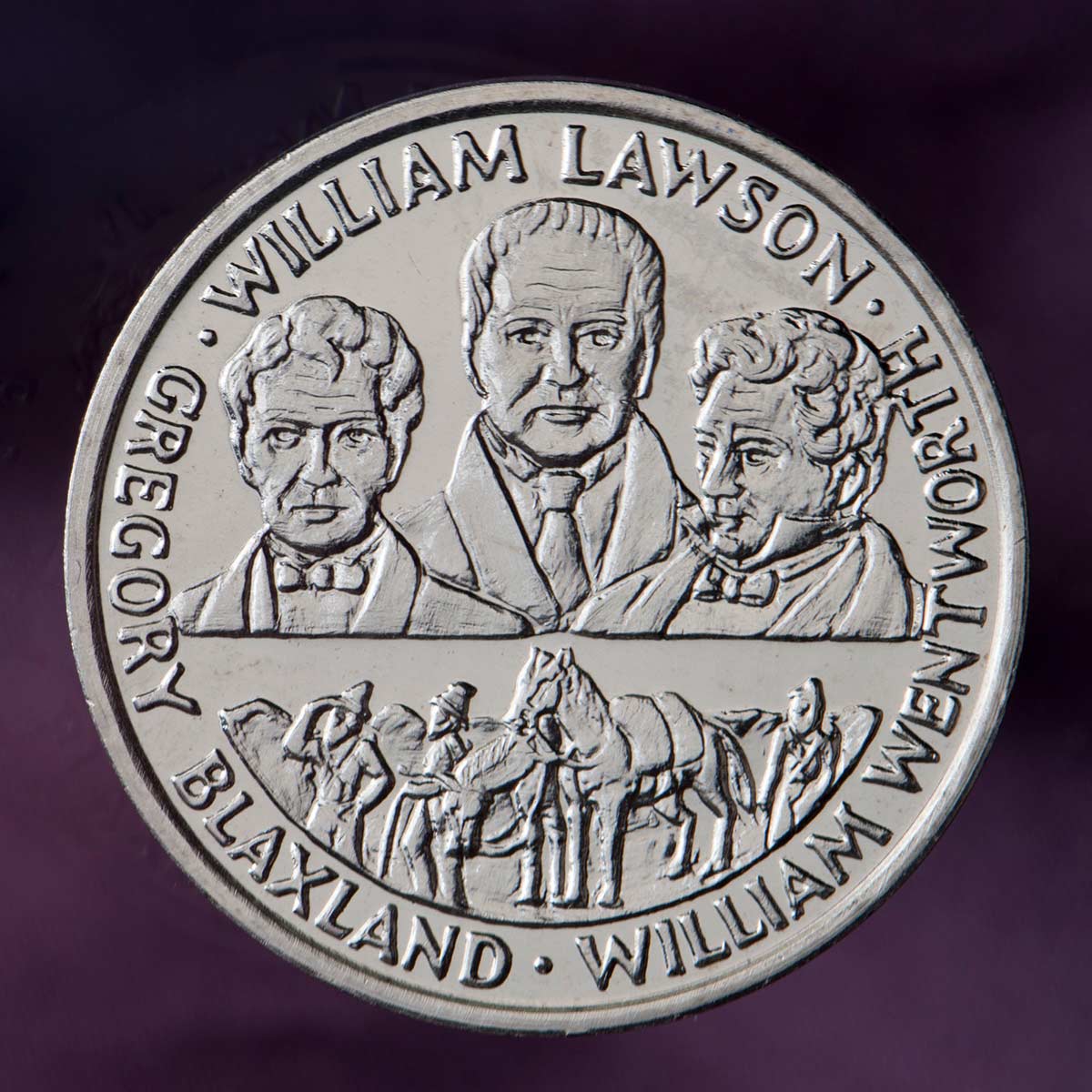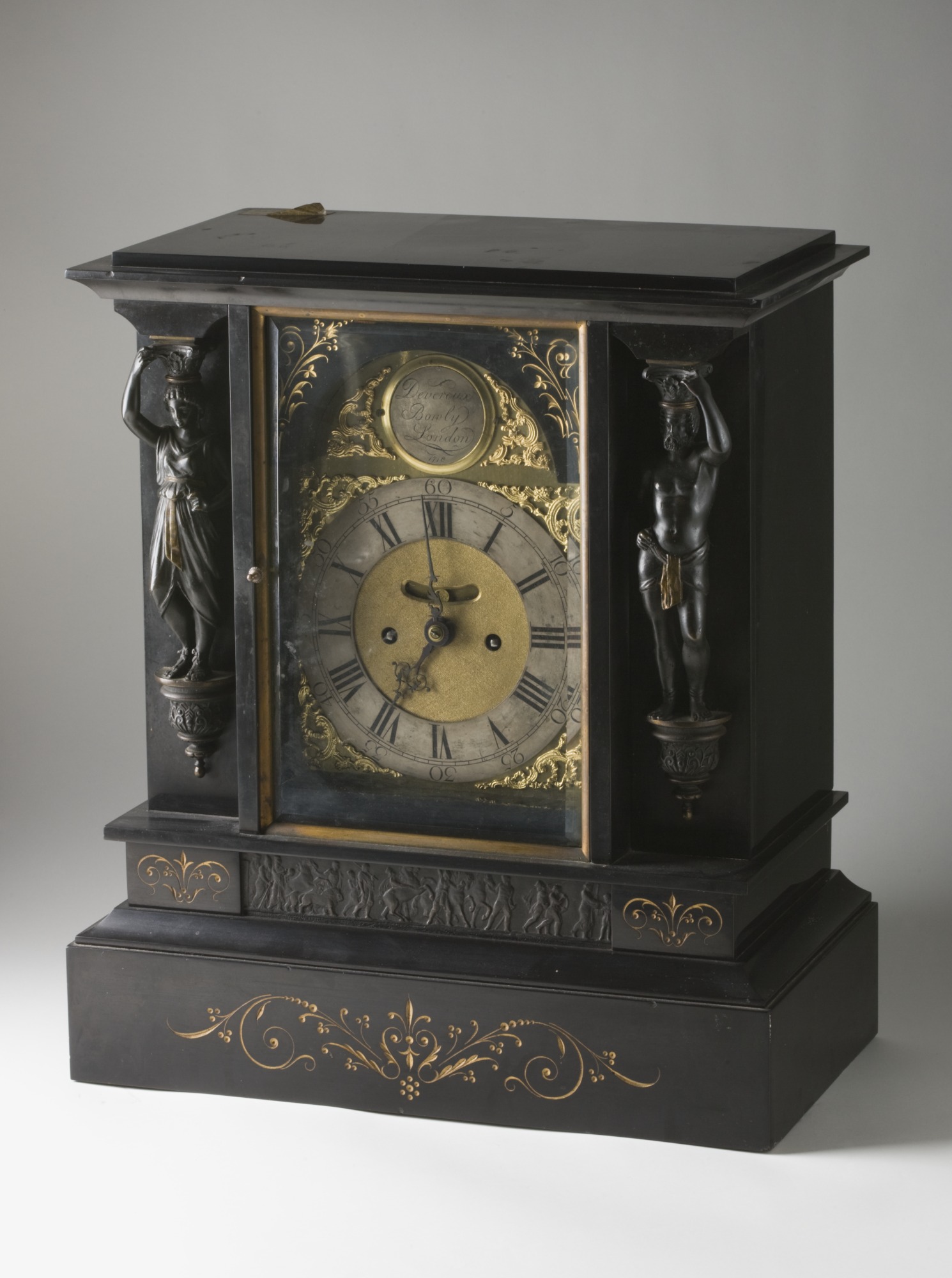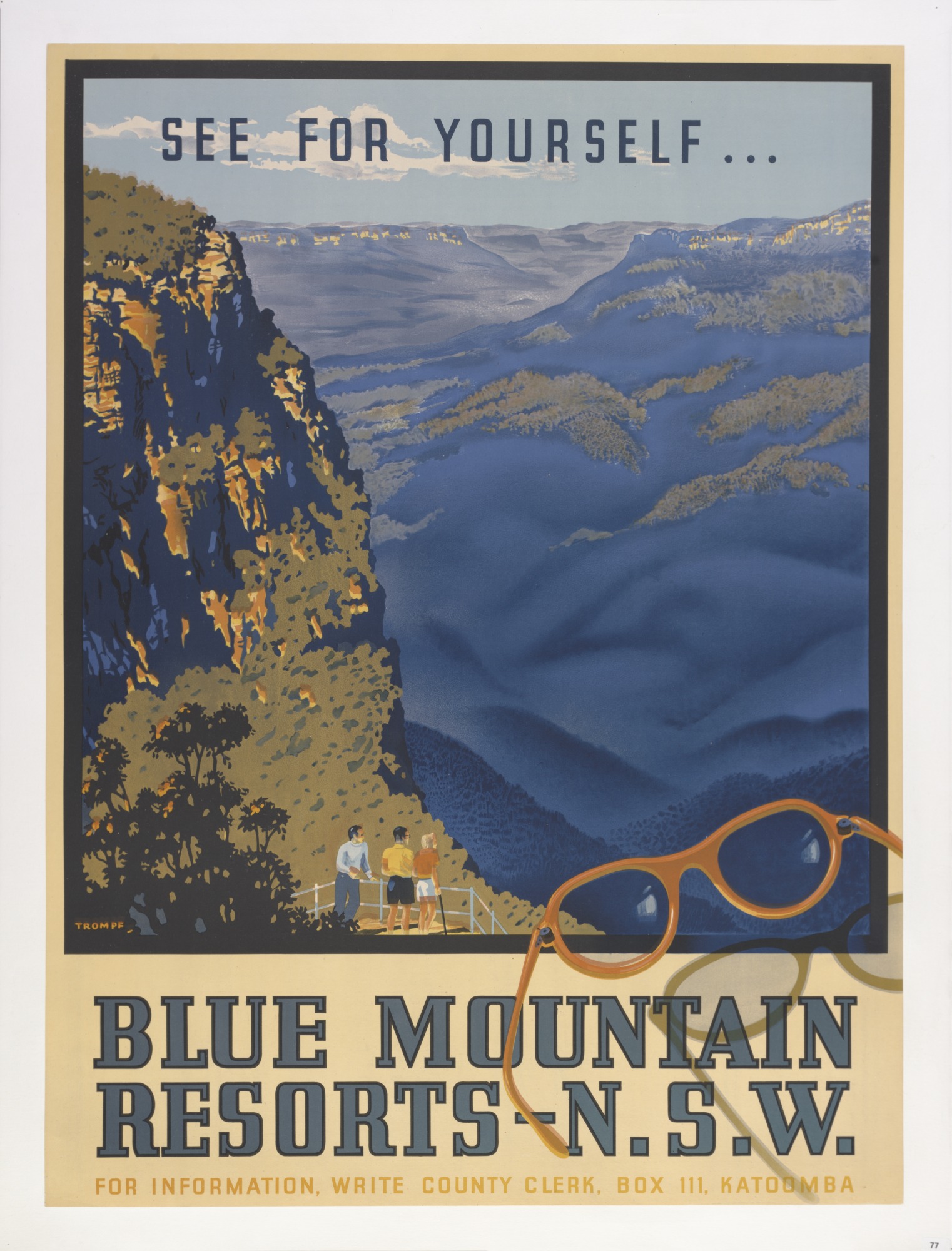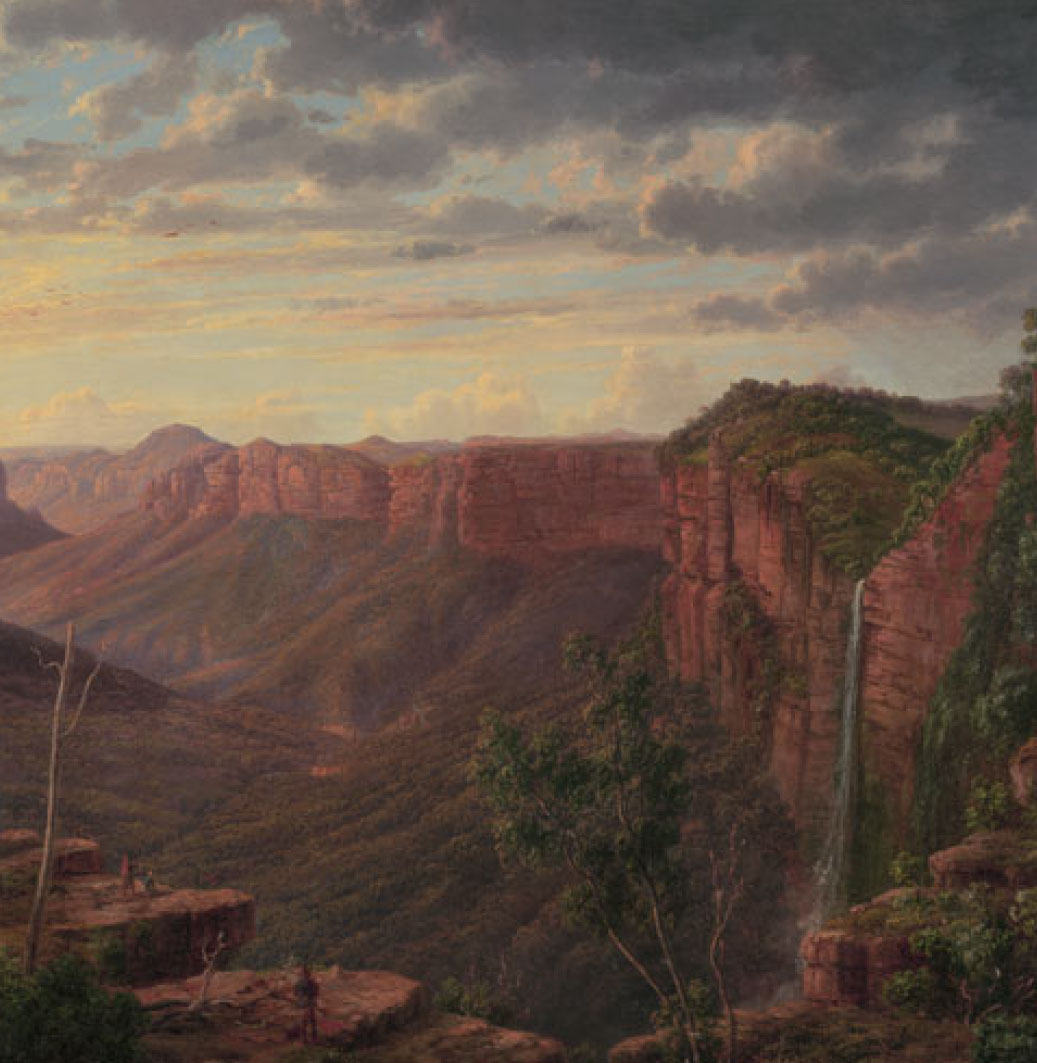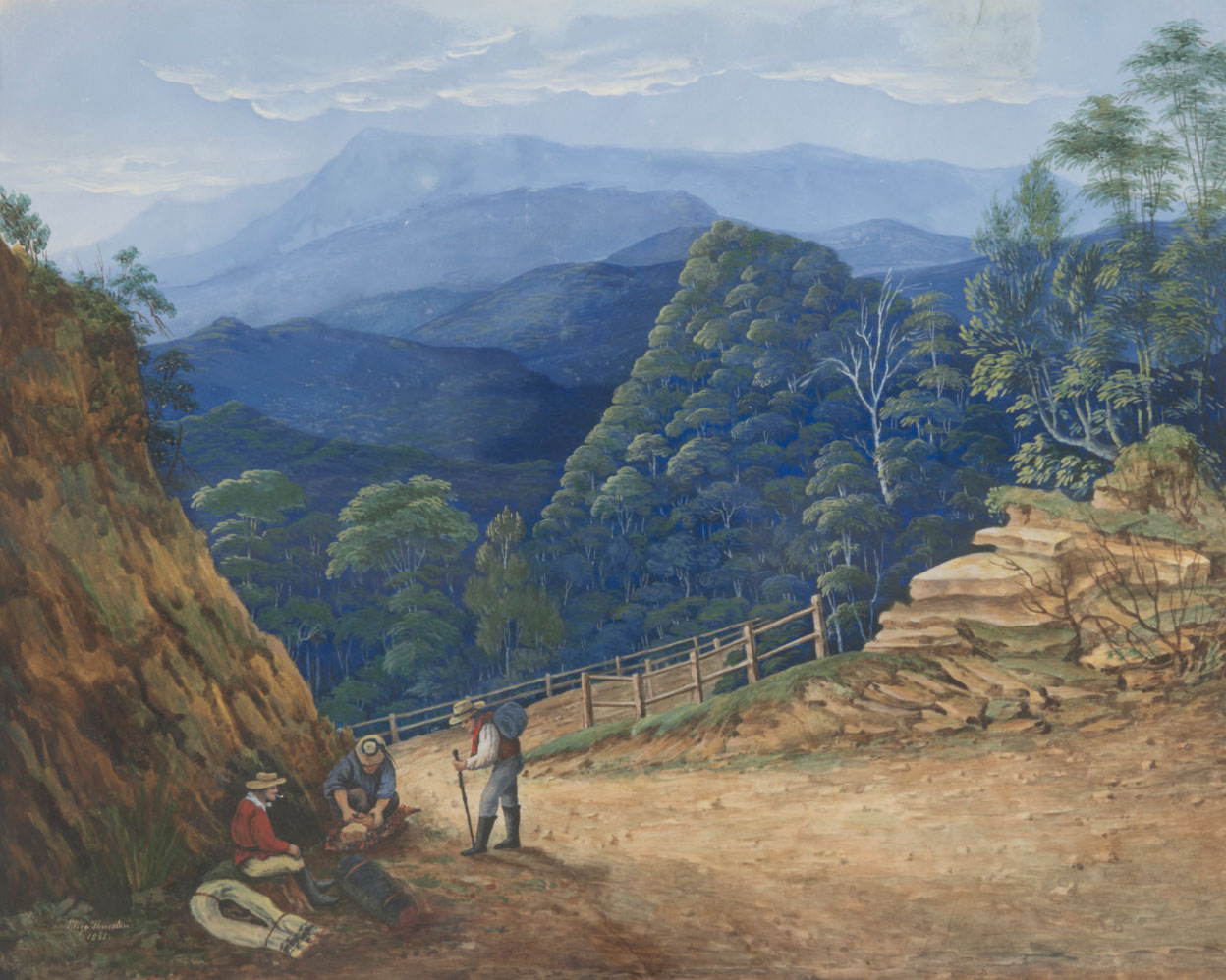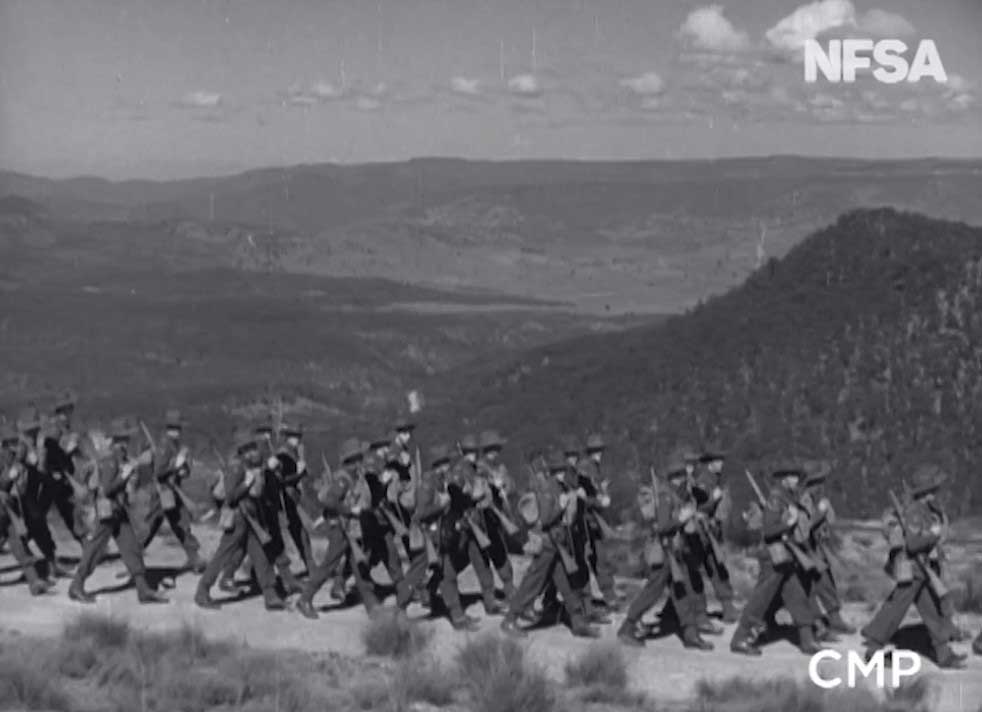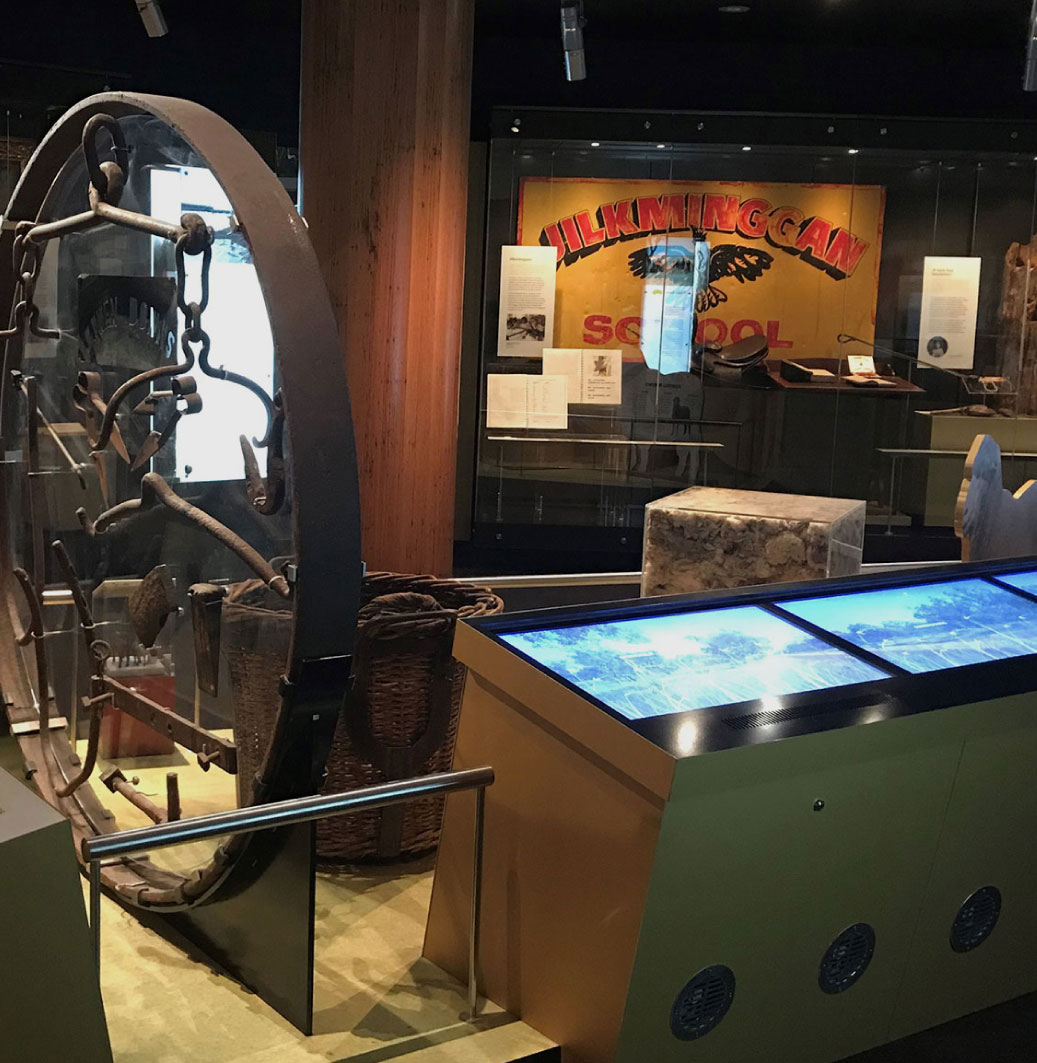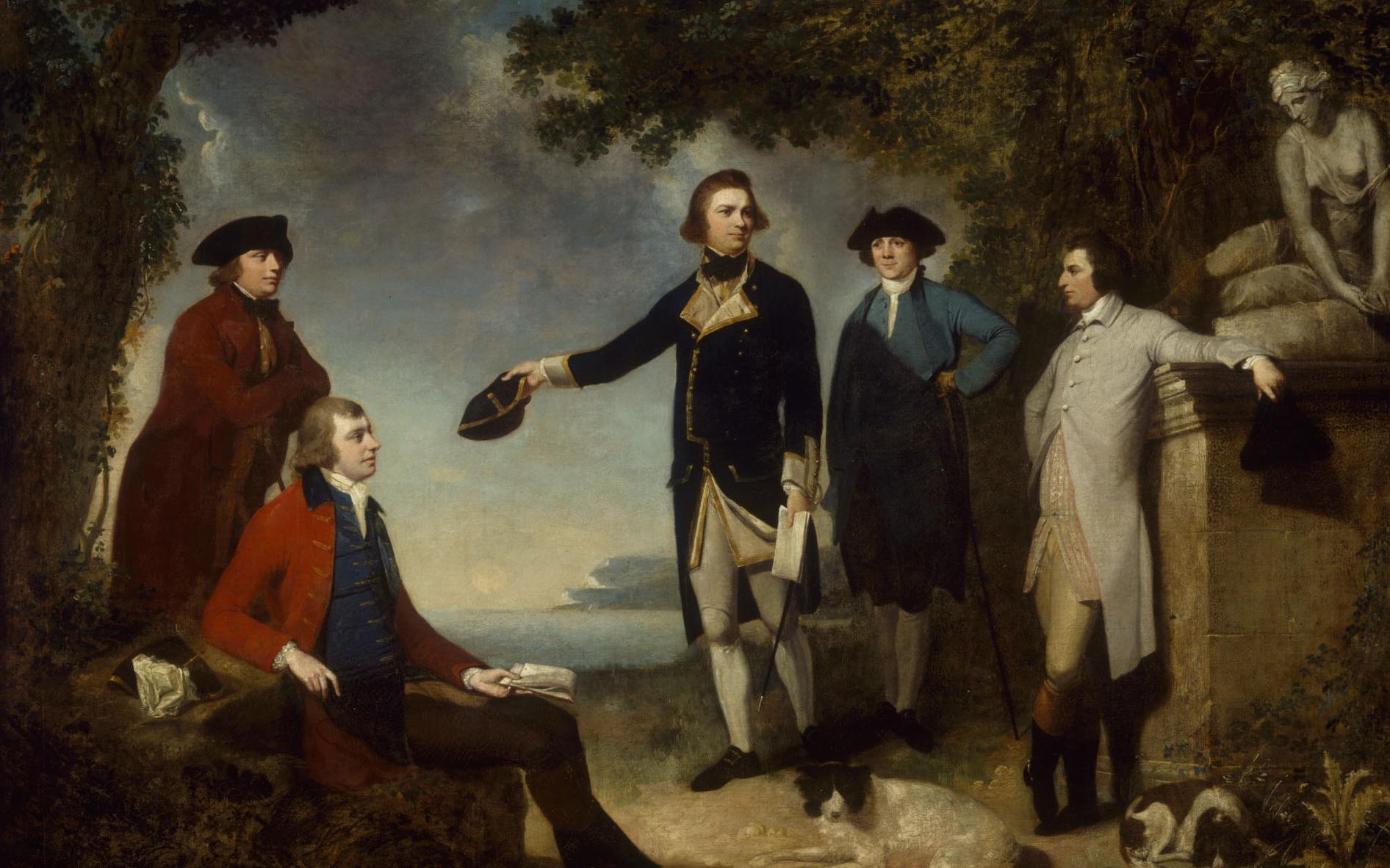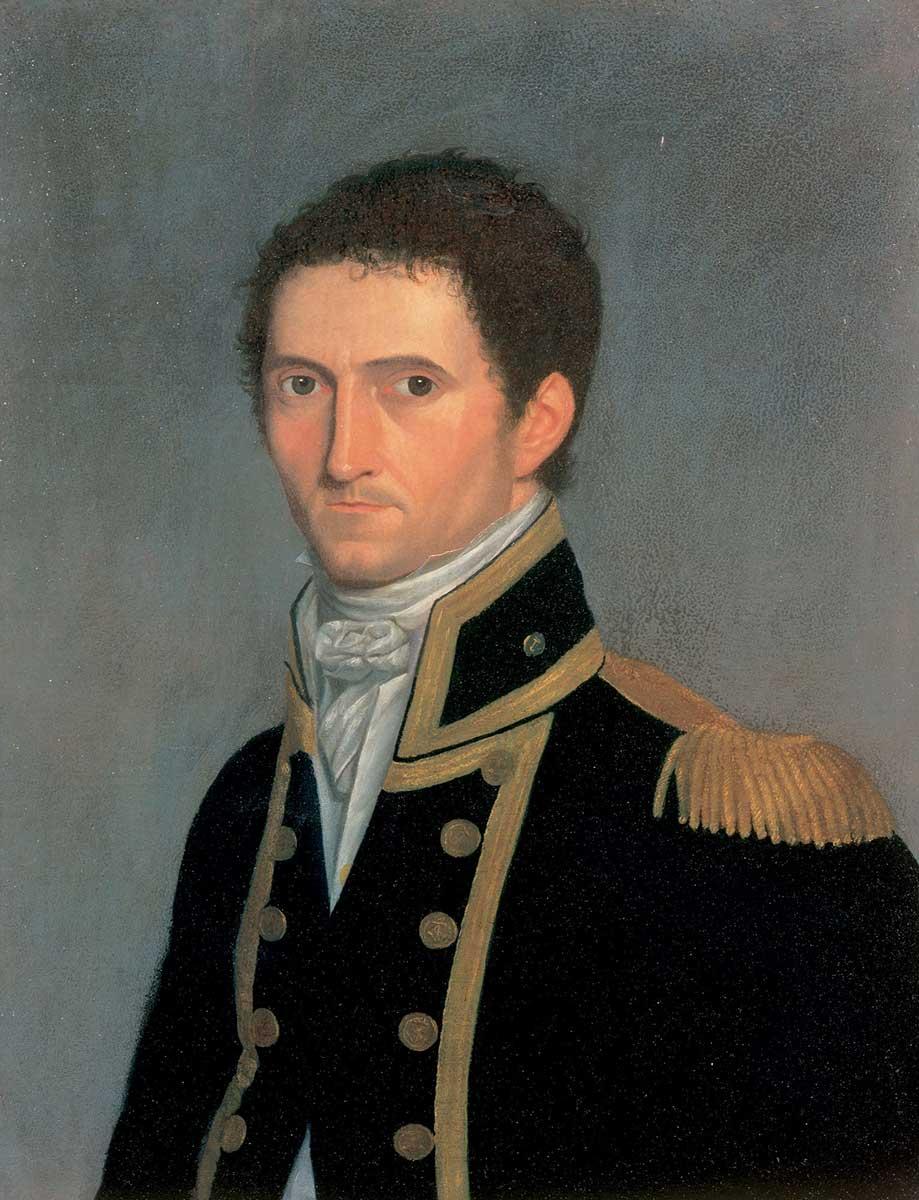Opening up the continent
1813: Blaxland, Lawson and Wentworth cross the Blue Mountains
Opening up the continent
1813: Blaxland, Lawson and Wentworth cross the Blue Mountains
In a snapshot
In 1813 Gregory Blaxland, William Charles Wentworth and William Lawson were the first Europeans to cross the Blue Mountains, part of what later became known as the Great Dividing Range. They were looking for new farming land for British colonists in Sydney. The crossing opened up the inland of Australia to pastoralism, but also began the long history of dispossession as Aboriginal people began to lose their lands across the continent.
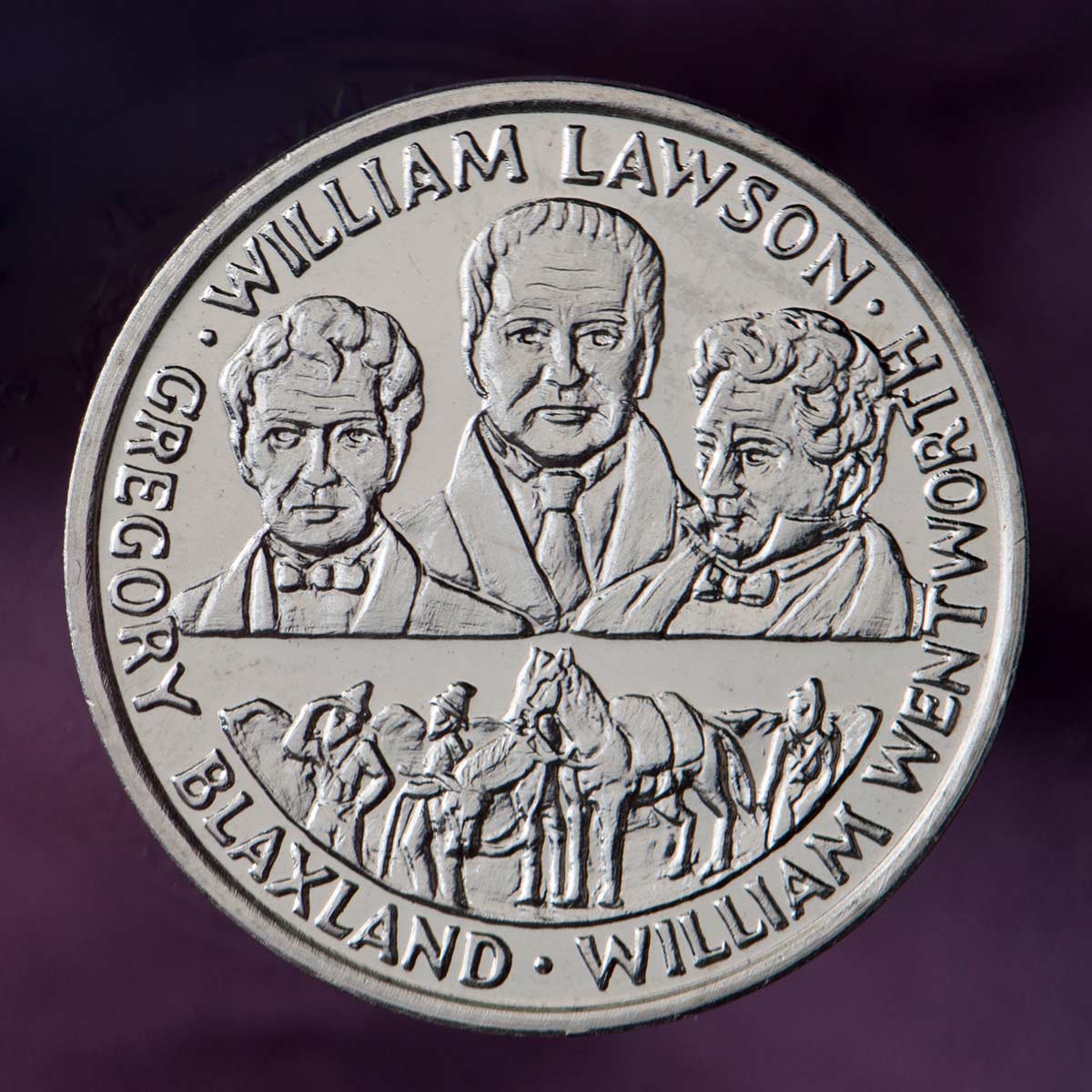
 Can you find out?
Can you find out?
1. Why did colonists want to cross the Blue Mountains?
2. Who were the first Europeans to make the crossing?
3. What happened to Aboriginal people once the settlers started to move onto their country?
Why did British colonists cross the Blue Mountains?
Surviving the Australian climate was hard for early European colonists, especially pastoralists. Because of drought, insect plagues and the soil running out of nutrients they started to look for more farming land outside the original settlement of Sydney.
Local Gundungurra, Dharawal, Wiradjuri, Wanaruah, Darug and Darkinjung peoples used two main routes to cross the Blue Mountains, but most Europeans saw these routes as a confusing and scary maze of sandstone cliffs, deep gorges and dense bush. Despite their fears Sydney colonists knew that finding a way through the Blue Mountains was their best chance to expand the new colony.
Research task
What was the first town to be declared on the other side of the Blue Mountains? Use Google Maps to find out how far this town is from central Sydney.
‘We have now commenced hostilities against them in consequence of their killing a great number of shepherds and stockmen, but afraid we shall never exterminate them, they have such an extensive mountainous country for them to flee from their pursuers.’
Although others before them had failed, colonists Gregory Blaxland, William Charles Wentworth and William Lawson left Emu Plains on 18 May 1813 to cross the Blue Mountains. They were accompanied by James Burns, a settler who knew a lot about the bush and its Aboriginal pathways, as well as four convict servants.
Remarkably, they finished their journey in three weeks and became the first Europeans to cross the Blue Mountains by crossing the ridges of the mountains instead of walking through the valleys. After the 1813 crossing Blaxland, Wentworth and Lawson were each given land as a reward.
Soon after George William Evans went even further than Blaxland, Wentworth and Lawson and crossed the entire Great Dividing Range. In 1814 William Cox supervised the building of a road over the Great Dividing Range by convicts. Once the road was complete the Governor of New South Wales, Lachlan Macquarie, travelled across the mountains to visit the Bathurst Plains.
Research task
Create a short biography (life story) of either Gregory Blaxland, William Charles Wentworth or William Lawson. Include information about where they were born, their family, their occupation/s and what happened to them after the Blue Mountains expedition.
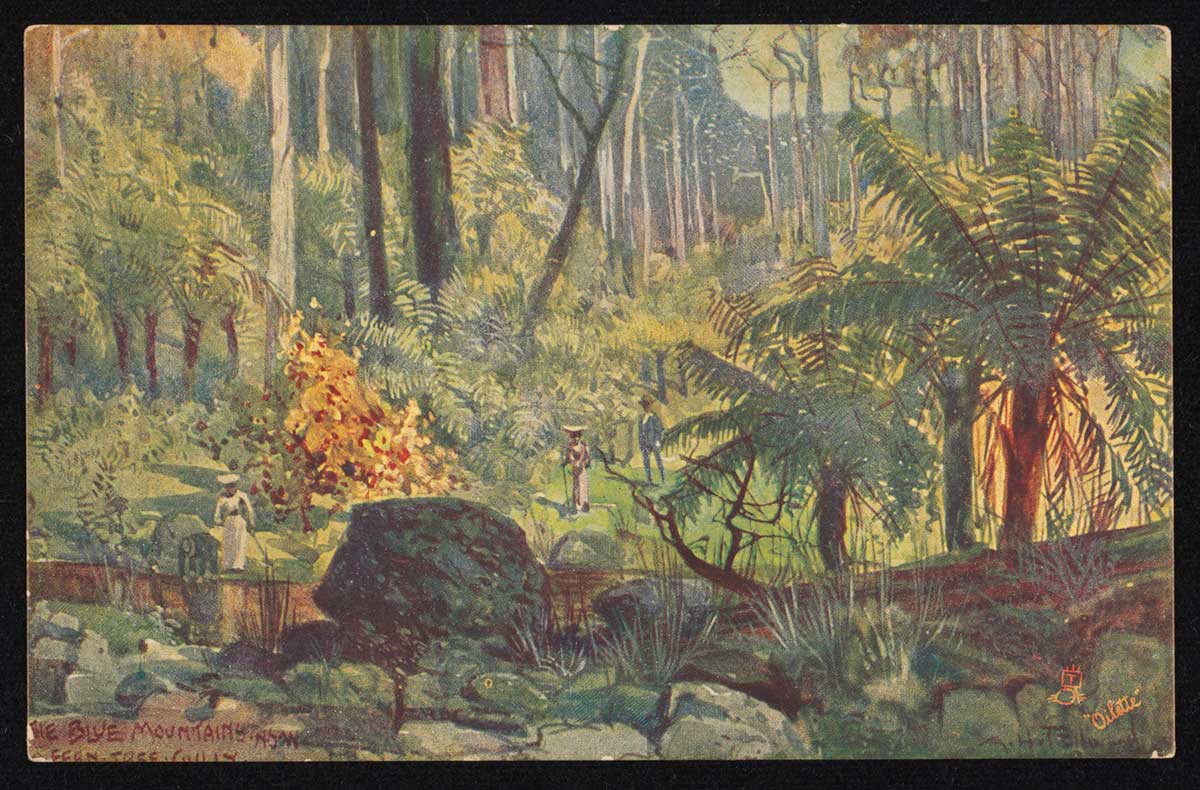
What did the crossing mean for the colonists’ relationship with Aboriginal people?
At first, relations between the colonists and the Wiradjuri people in Bathurst were mostly non-violent. But Governor Macquarie noted in his journal that the Wiradjuri people showed ‘fear at seeing so many strangers’. As the European population grew and spread out, however, violence between the colonists and local Aboriginal peoples happened more often.
Research task
When the Aboriginal people of the Bathurst region lost their lands after the Blue Mountains crossing, where did they move to? Why might this be a difficult question to answer? Do some research to find out.

Macquarie’s successor, Governor Darling, took the unusual step of declaring martial law on 14 August 1824. At least 100 Aboriginal people died in the next four months in a violent campaign by colonists and soldiers. Violence between the colonists and Aboriginal people continued in the region throughout the 1820s and 1830s.
The pass through the Blue Mountains allowed many settlers to move into the interior of Australia, which began the spread of colonisation throughout the whole country.
Read a longer version of this Defining Moment on the National Museum of Australia’s website.
 What did you learn?
What did you learn?
1. Why did colonists want to cross the Blue Mountains?
2. Who were the first Europeans to make the crossing?
3. What happened to Aboriginal people once the settlers started to move onto their country?







